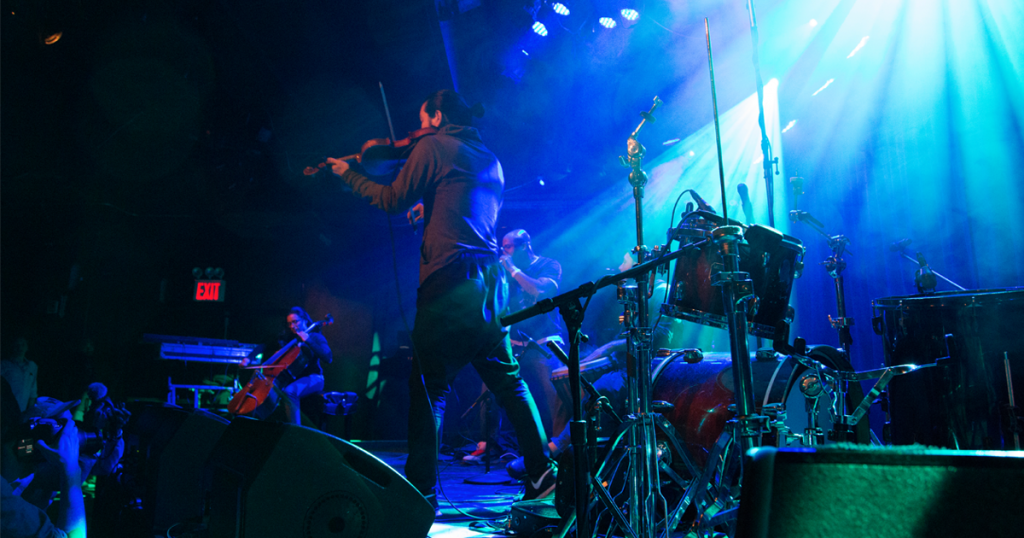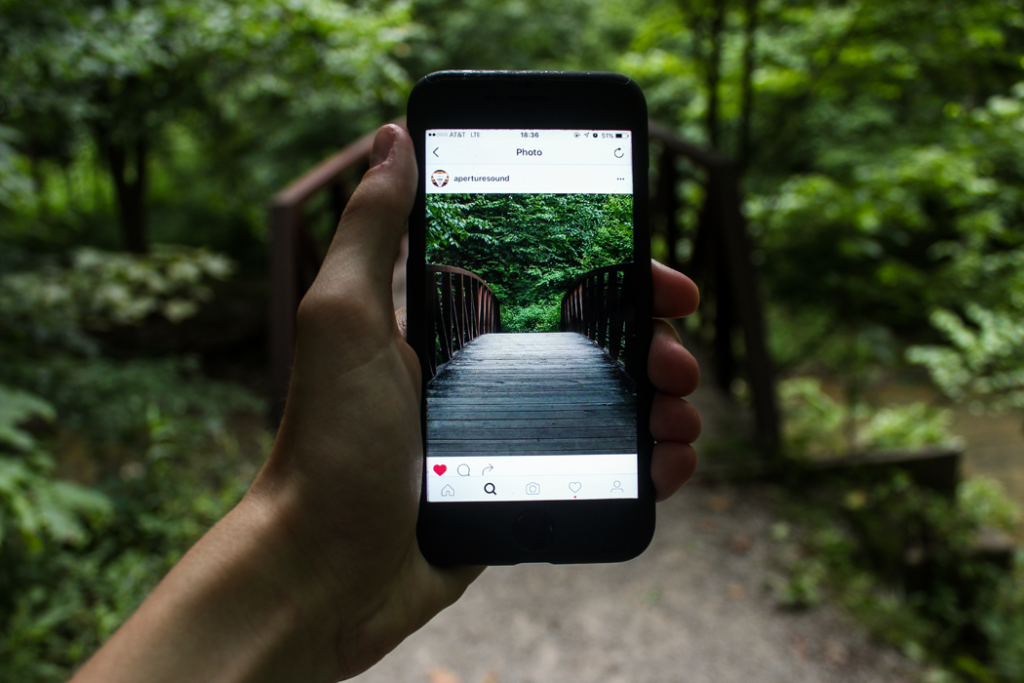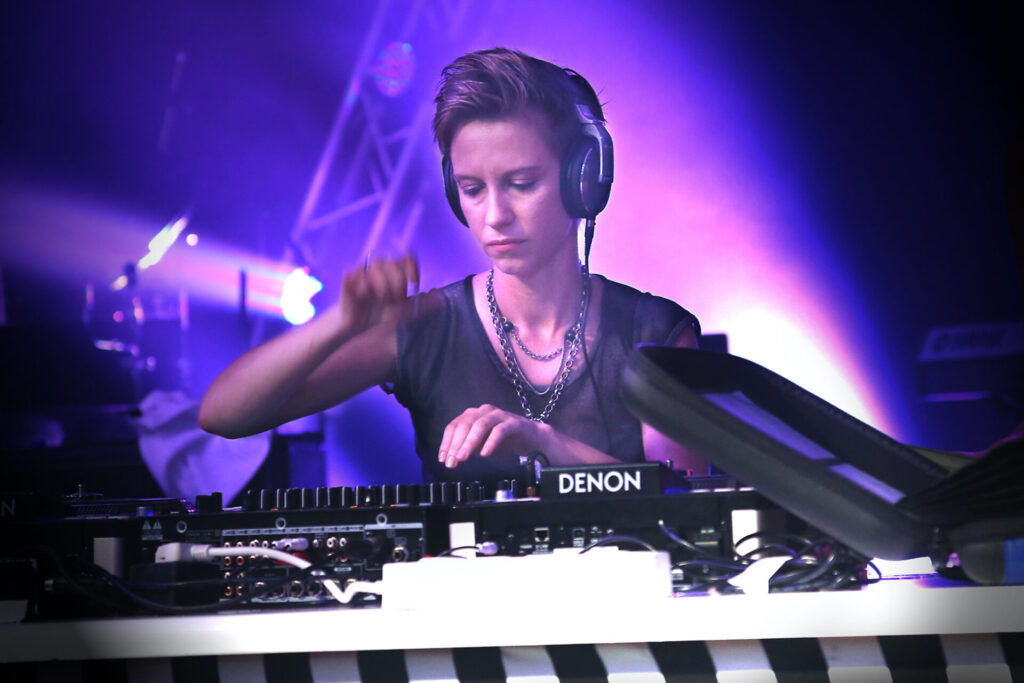
+ Pursue your next social media marketing goal with a Soundfly Mentor like Marta! Soundfly offers four-week mentorship sessions with a pro, customized to you. Get in touch to learn more.
Let’s face it: social media permeates the waking lives of people of all ages, demographics, interests, communities, and more. There are distinctive features that allow various popular platforms to stand out. Likewise, there are specific ways musicians can use each outlet to draw attention to both themselves and their music.
Whether you’re a new band stepping into the world of social media or a seasoned player just looking to tighten up your band’s digital presence, there are certain basic practices that help maximize your audience, both on and off the internet.
Before getting into the nitty-gritty of using different sites, here are a few general principals that are important to keep in mind.
Decide on a Username… and Stick with It
Regardless of the social media platform — Facebook, Twitter, Instagram, Pinterest, or something else — you’re typically required to choose a username before posting.
Following the same protocol as after you’ve named your band, when setting up each account, make the username easy to remember and identical on every platform by testing for name availability on every site before signing up.
If your band or stage name is somewhat common and taken in most or all places, consider adding terms like “music,” “band,” or the abbreviation of your home state and using that configuration everywhere.
+ Read more on Flypaper: “Social Media Made Easier: Content Planning for Musicians”
Don’t Make It All About You
We’ve talked about the value of self-promotion and how musicians shouldn’t brush it off or regard it as selfish behavior. But even though you should feel comfortable promoting your artistic brand, when working to build a social media following, try not to make everything about yourself or your band.
Everyone’s competing for the attention of online fan communities. To gain an edge, think of social media as a two-way street. Remember, it’s called social media.
Think about attending a large party. If someone spent his or her entire night only talking about him- or herself, not acknowledging what others are saying, it’s possible that everyone else would perceive that person as self-absorbed.
On social media, follow people who can relate to what you’re doing and contribute to their conversations. It’ll encourage them to do the same for you in return.

Be Genuine
Like exercising reciprocity on social media, it’s also important to speak with sincerity. We get it: it can be easy to forget that the people reading posts are actually real. Thumbnail headshots and text boxes don’t scream “humanity.” I always tell artists to think of anything typed out as a message as something said out loud, like at a show for example. Does it sound natural, or does the message read like radio static?
Even for short-and-sweet news announcements, like a big headlining show or a recent magazine feature, a little adjustment in phrasing (e.g., “We’re so excited to play at beautiful Webster Hall with X band!” versus, “Come to our show with X band.”) can make your social messaging feel less automated. It communicates to your fans and followers that your updates are more than just a plugged-in chore.
Make Little Changes for a Big Difference
Armed with the intent to mutually share and connect with the world, it’s time to get posting! Every platform operates differently, though many features are universal these days. Whether or not your content is seen and read largely depends on how effectively you apply the platform’s built-in features, as well as how cognizant you are of the general flow of internet traffic.
Here are a few elements to be aware of:
Page and Person Tags
Include a person or page’s official username in a tag instead of just typing out a name in plain text. Doing so notifies that person that you’ve mentioned or posted something relevant to them. This encourages their commentary, sharing, and maybe even new “likes” for your band’s accounts.
Hashtags
While this feature used to be Twitter’s signature, it has since spread to Instagram and Facebook, and its discovery functionality generally works the same for all three outlets. Its impact, however, is still much greater on Twitter and Instagram than elsewhere.
The first few tweets from any band’s account are liable to never really be seen without hashtags because the account might not have a following yet. Essentially, think of hashtags like universally visible keywords. Everyone on the platform has the potential to see something you’ve posted publicly if they search by hashtag, so it’s a key way to expose your account to fresh eyes and ears. Think of it like forcing your way into a global conversation. Take a look at how and when your favorite artists use hashtags in their posts.
Photo Tagging
Tagging people or brands in photos is another cross-platform feature offered by Facebook, Twitter, and Instagram. Remembering to tag other musicians or venues is particularly important as they will often share posts with their own fans.
Twitter’s character limit can be challenging, so instead of using up valuable space mentioning people, consider tagging them on a relevant photo (e.g., a promo flyer). You can tag up to 10 other users who will be notified of the tweet.

About Section and Bio
Make sure to update your about and biography sections to coincide with any major announcements and tour dates, and consider including a short link if applicable (e.g., the link to buy tickets, the link to your newest release, or in quieter times, the URL to your website or store). Similar to your username, stay consistent with this information as much as possible. If space is a factor, develop a shorter bio and tagline to put in their corresponding places.
+ Read more on Flypaper: “It’s About the Relationship: How I Got to 1.5 Million YouTube Followers”
Time Your Posts
A great social post nails all the essentials: a genuine voice, tags, a few good hashtags, and even a snappy photo to catch a few new eyes. Post that content at 3:30am, however, and you’re doing yourself a major disservice.
Some social media gurus out there suggest varying which hours of the day you post in order to reach different audience segments. I advise doing this until you find one or two times that really work for your band. Three things to consider are:
- where the majority of your audience is located
- what time it is in the part of the country or world you’re targeting (for a local show or a regionally relevant piece of news)
- the key demographics of your audience
From one hour to the next, timing of posts can definitely impact visibility, especially when you consider that the average life of an unboosted* post lasts only about 15 minutes. Try to keep track of what posts are getting the most attention, and if a time-related pattern emerges, you’ll know what works best for your specific audience and fanbase.
Quantity isn’t everything, and a non-stop flow of talk, even if it’s supportive and engaging, won’t lead to a corresponding large following. Similar to figuring out what time of day resonates with your followers, figure out what’s realistically manageable in terms of frequency, and do your best to stick with that.
Posting once a month, of course, isn’t liable to drum up many followers, but don’t start by posting multiple times a day if that’s not something you’re able to maintain because, yet again, consistency matters. Find a reasonable balance between what’s doable for you and engaging for your followers.
Social media success isn’t easy to define. There isn’t a singular, magic formula or set table of data every band can use to get a booming social following. The ideas might be standard fundamentals, but the thing to remember is that just like steadily building an audience of people that physically comes to your shows, social media involves steadily building an audience of people that will start to connect digitally to see what you do or say next.
Sadly, there’s no button to push to get an instant flood of followers, but don’t get discouraged! One of the best aspects of social media is how easy it is to reach people all over the world. Someone 8,000 miles away could see something you post and stream your song at any time! That’s enough to make acing these basics totally worth it.
Get 1:1 coaching from a seasoned pro.
Soundfly’s community of mentors can help you set the right goals, pave the right path toward success, and stick to schedules and routines that you develop together, so you improve every step of the way. Tell us what you’re working on, and we’ll find the right mentor for you!




